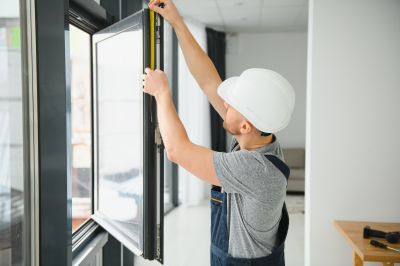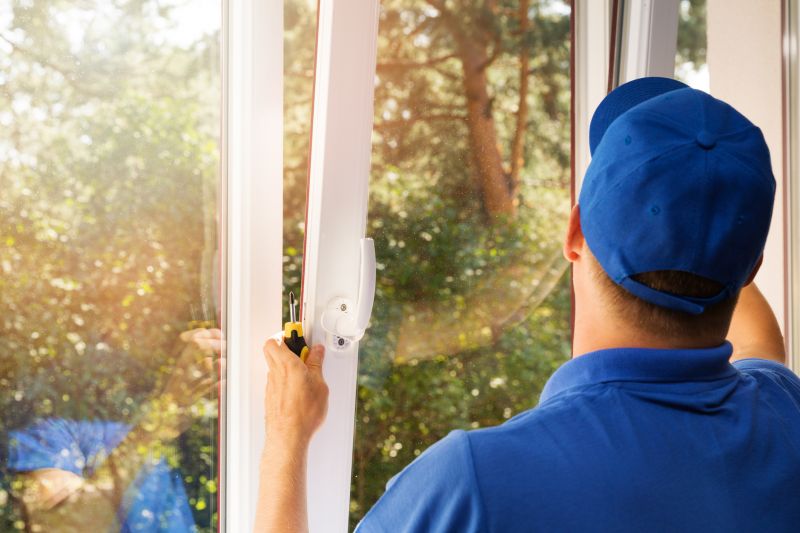Optimal Timing for Windows Installations
Choosing the right time for Windows installations can influence the success and efficiency of the process. Factors such as system readiness, workload, and environmental conditions play a role in determining the ideal timing. Proper planning ensures minimal disruption and optimal performance post-installation.
Spring and fall often provide optimal weather conditions for installations, reducing the risk of weather-related delays.
Perform installations during periods of low system usage to prevent disruptions to daily operations.
Align installations with scheduled maintenance periods for minimal impact on productivity.
Ensure hardware is compatible and updated before installation, ideally during planned upgrade cycles.

Technicians performing a Windows installation on a desktop.

Hardware components being prepared for installation.

Support team assisting with system updates.

Ways to make Windows Installations work in tight or awkward layouts.

Popular materials for Windows Installations and why they hold up over time.

Simple add-ons that improve Windows Installations without blowing the budget.
| Timing Factor | Details |
|---|---|
| Seasonal Timing | Spring and fall are preferred for stable weather conditions. |
| Operational Cycles | Schedule during low activity periods to minimize disruption. |
| Support Availability | Ensure technical support is accessible during the installation. |
| Hardware Updates | Coordinate with hardware upgrade schedules for efficiency. |
| Environmental Conditions | Avoid extreme temperatures or humidity during installation. |
Windows installations involve updating or replacing operating systems to improve performance, security, and compatibility. Proper timing can reduce downtime and ensure a smoother transition. Statistics indicate that scheduling during off-peak hours can decrease installation-related issues by a significant margin, leading to more reliable system performance.

Technicians installing Windows on a server.

Verifying system stability after Windows installation.

IT support providing guidance post-installation.

Assessing hardware before Windows installation.
Understanding the best timing for Windows installations ensures minimal operational impact and enhances system stability. Scheduling during periods of low activity and ensuring hardware readiness are crucial steps. Properly timed installations can also reduce the need for future troubleshooting and maintenance, saving time and resources.
Interested in scheduling a Windows installation? Fill out the contact form to connect with a professional team experienced in system upgrades.

